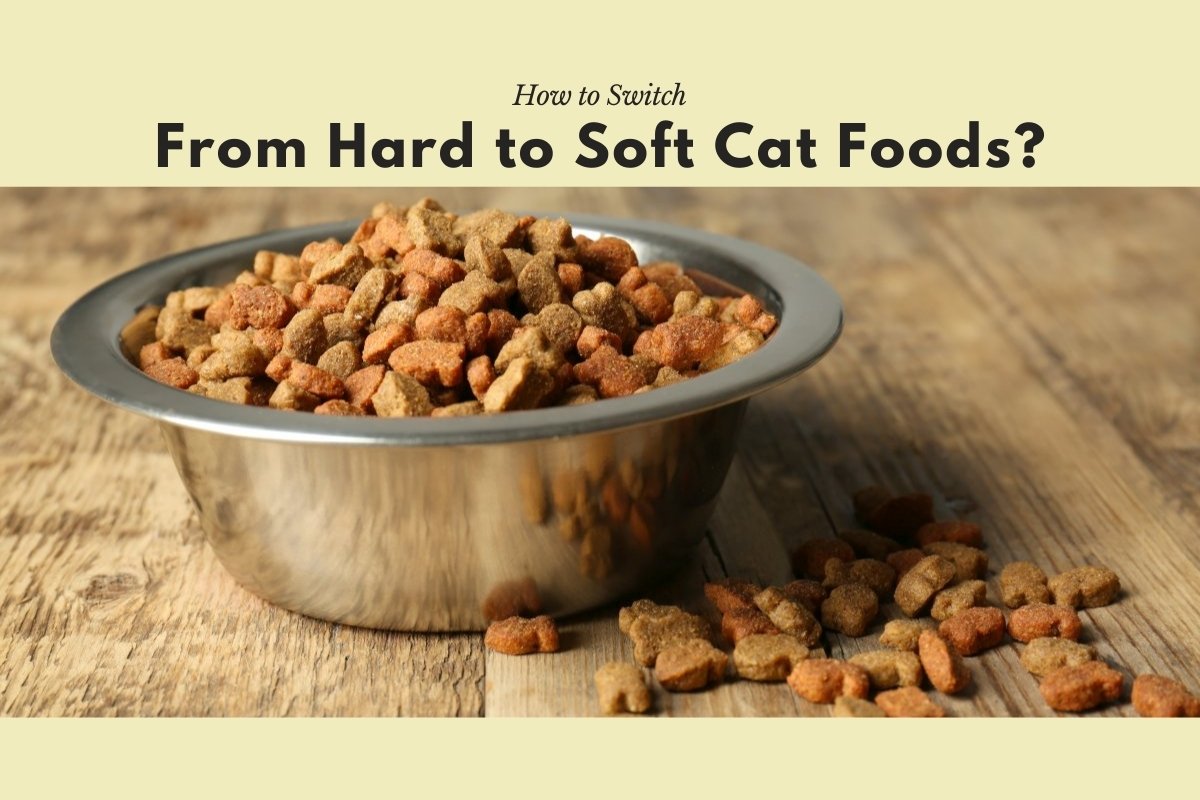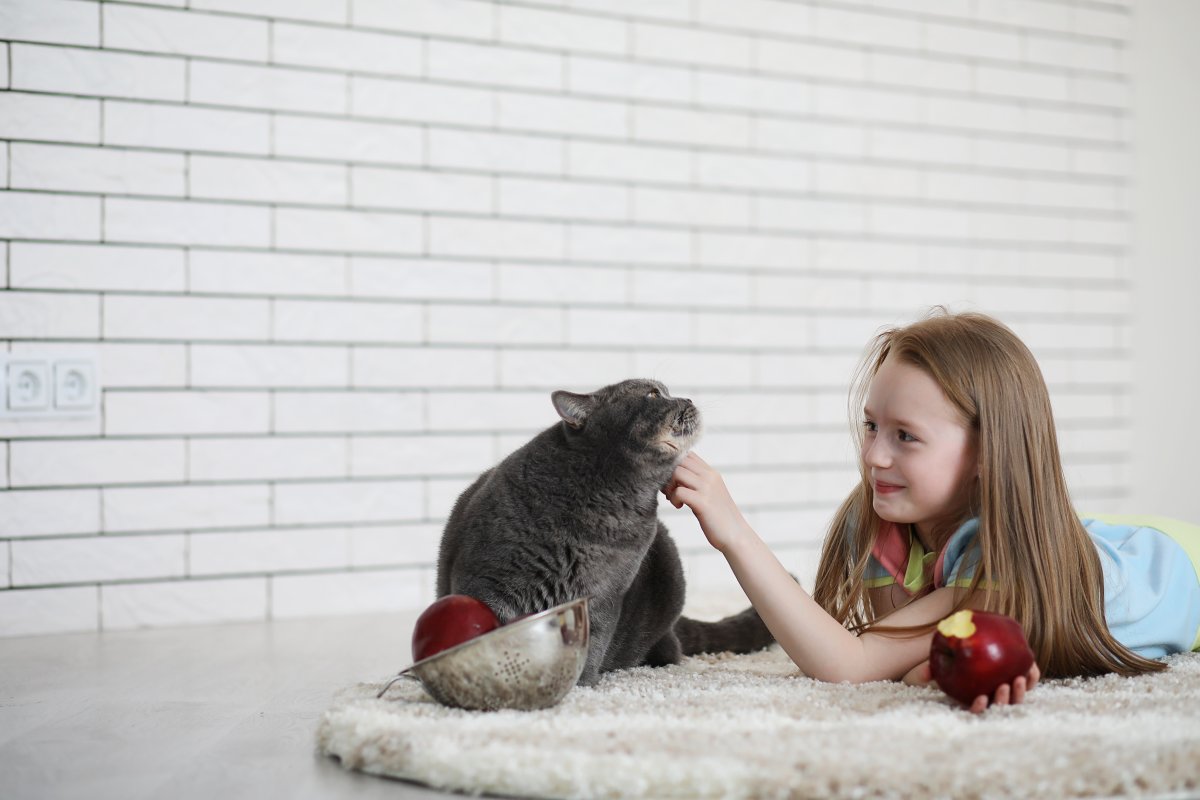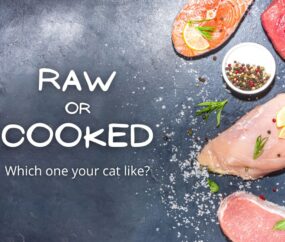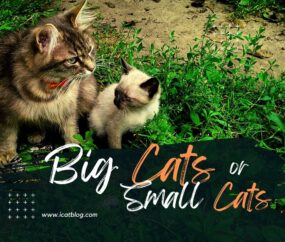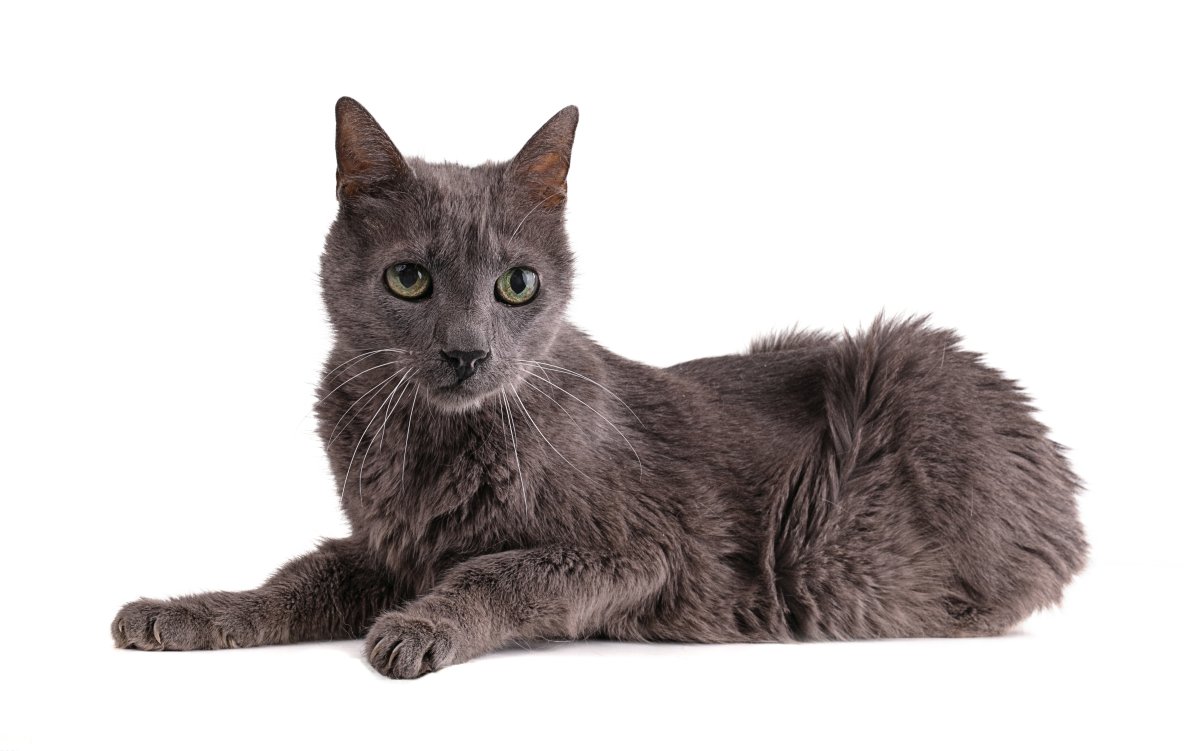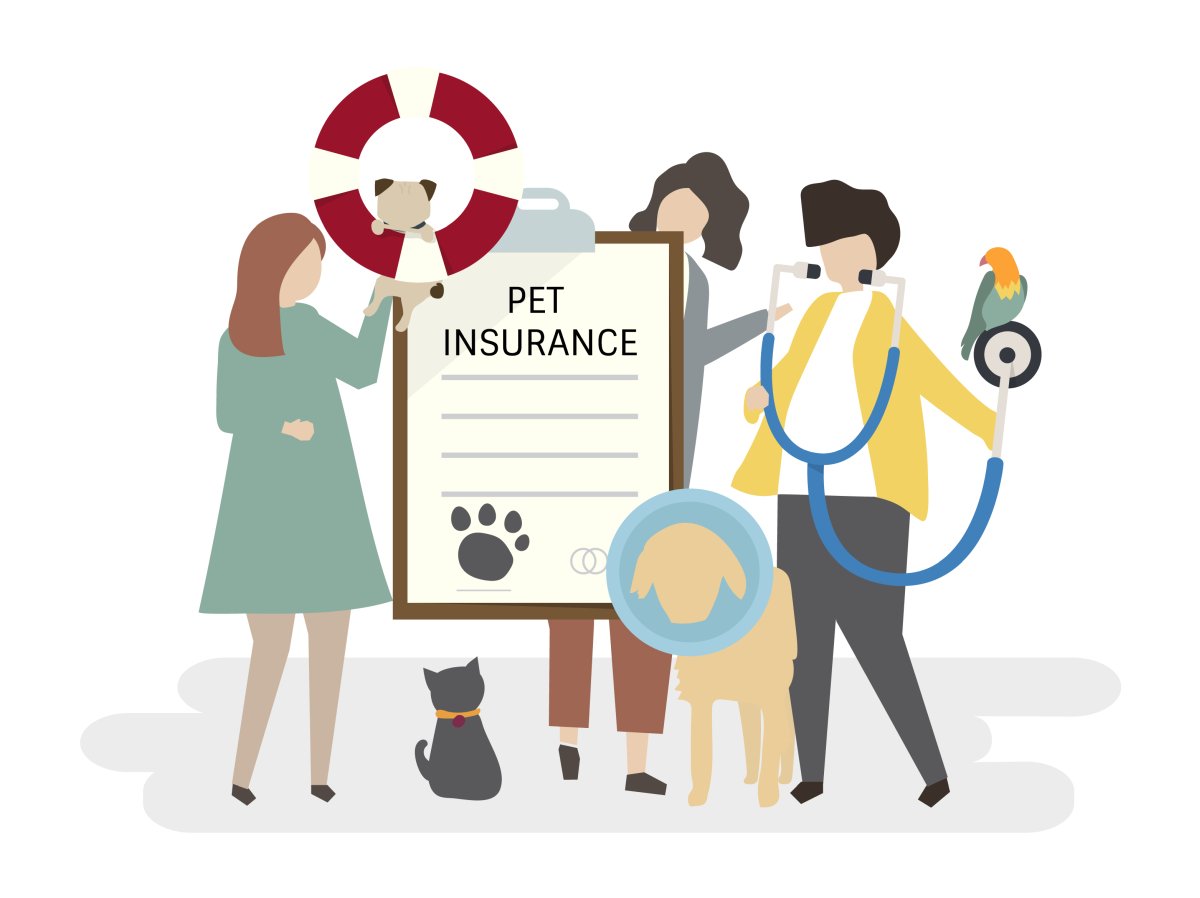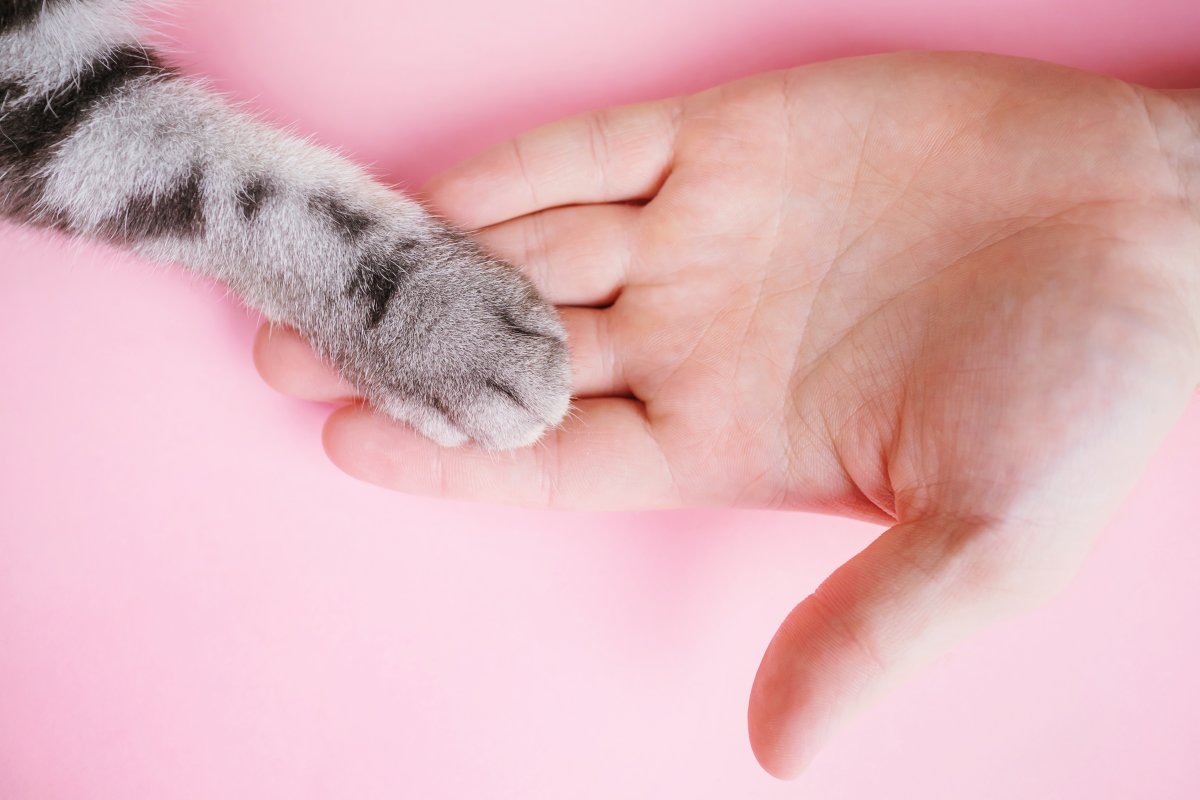There is a great debate going on in the feline world. What is this debate about? Well, it concerns whether you should feed your cats hard or soft foods? Both foods have their pros and cons, and it cannot always be easy to choose between the two. Every cat food company seems to make a hard and soft version of their food, so you cannot trust them to give you an honest opinion.
So how do you resolve this debate once and for all? After all, you want your cat to have the healthiest, most nutritious diet! In this guide, we discuss the pros and cons of hard and soft cat foods. We will also discuss how you can transition your cat from eating hard food to soft food. This way, if you conclude that soft food is better, you know how you can get your cat to eat it.
What Are Hard Cat Foods?
As a new cat owner, you may not know the difference between hard cat food and soft cat food. Let us explain this before we go any deeper. Hard foods are also commonly referred to as “dry” cat food. They come in the form of coarse powder or cubes and are extremely dry. Dry foods contain animal products, such as fish or other animals, since these contain protein, the single-most-important part of a cat’s diet.
However, in addition to these proteins, hard cat food also contains a higher proportion of grains, such as cornmeal or other starch sources. This is because hard foods need these starches to be more easily digestible and palatable for cats.
Due to this, hard cat foods have higher carbohydrates levels than other varieties of cat foods. More carbohydrates also mean more calories, so a diet consisting of hard foods can make your cat overweight and sedentary.
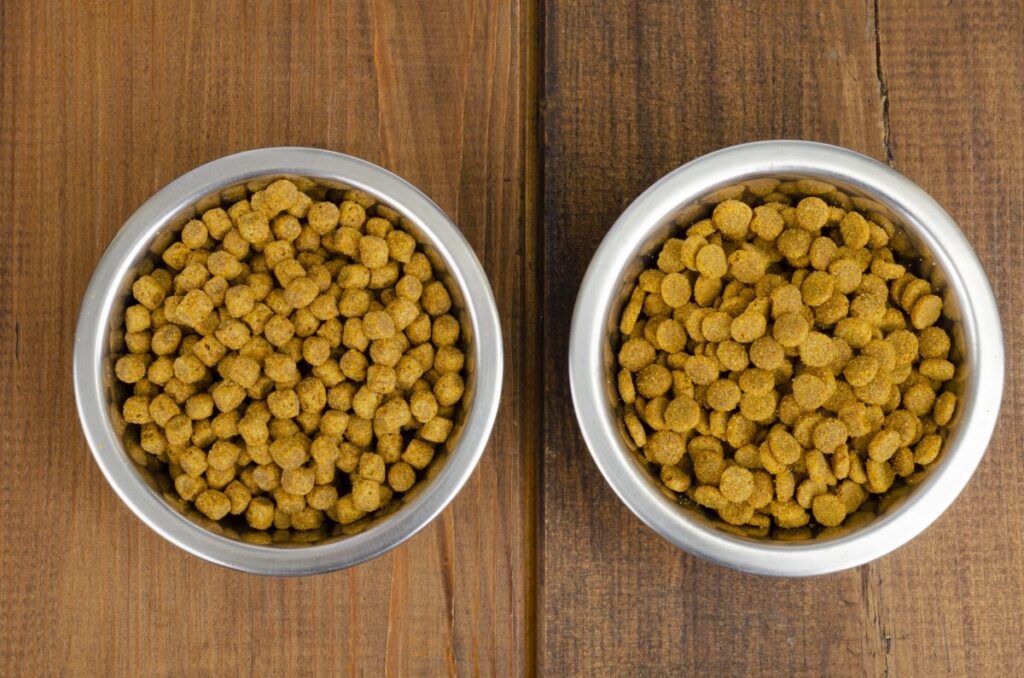
What Are Soft Cat Foods?
On the other hand, soft or “wet” cat foods usually contain very high moisture. Soft cat foods are usually prepared by directly blending fish and animal products with water. Since soft foods are stored in cans and are refrigerated, they can easily contain these perishable animal products. As compared to cat food hard, soft cat foods have a much shorter shelf life.
They expire much sooner than hard food, which means more trips to the supermarket to keep your home stocked for your kitty. However, ask any competent vet, and he will tell you how nutrient-dense soft foods are. Just think about it. These foods are made from directly blended animal products and are less processed than dry foods.
This means that your kitty gets its nutrients almost directly from the source, with very few preservatives or additives added to it. Moreover, while being prepared, soft foods are also exposed to really high heat to eliminate any pathogens that may exist in the animal products being used, making them safe for consumption.
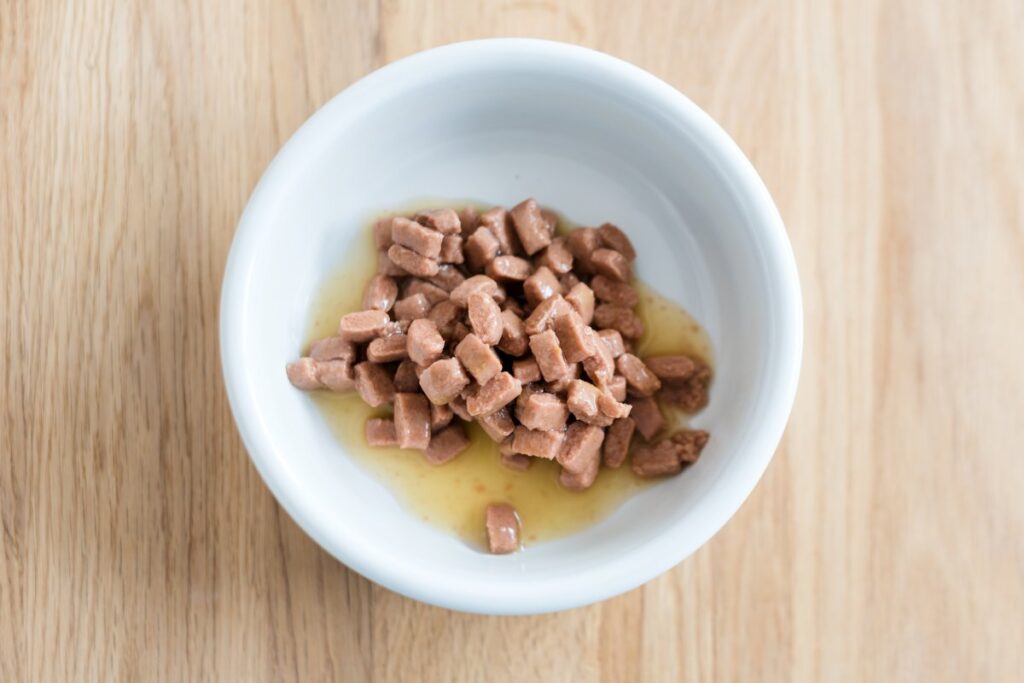
How Should You Switch From Hard to Soft Food?
So, now that we know how nutrient-rich soft foods are, how do you get your kitty to eat them? Well, the simplest way is to get your kitty used to eat soft food from the very beginning so that it does not get used to the taste of hard food. However, we understand that this may not always be possible. At times, you need to feed your hard cat food because of price concerns or because your vet recommended it.
Once your cat gets a taste of hard foods, it may find it a bit difficult to transition to soft foods. So how do you make this change smooth and ensure that your cat stays on a soft food diet for good?
When it comes to transitioning to soft foods, the best way to go about it is to be slow and steady; remember, cats are very temperamental animals. Once they get used to a particular food, they may find it difficult to adjust to a new one.
This is why, when transitioning, we recommend mixing the soft food with the hard food in your cat’s feeding bowl. Ensure that 75% of the food is the same old hard food while 25% of the bowl is the new, soft food. Distribute the soft food evenly throughout the hard food. This ensures that your cat cannot pick and choose and must get a taste of the soft food with every bite of hard food that it takes! Ingenious, right?
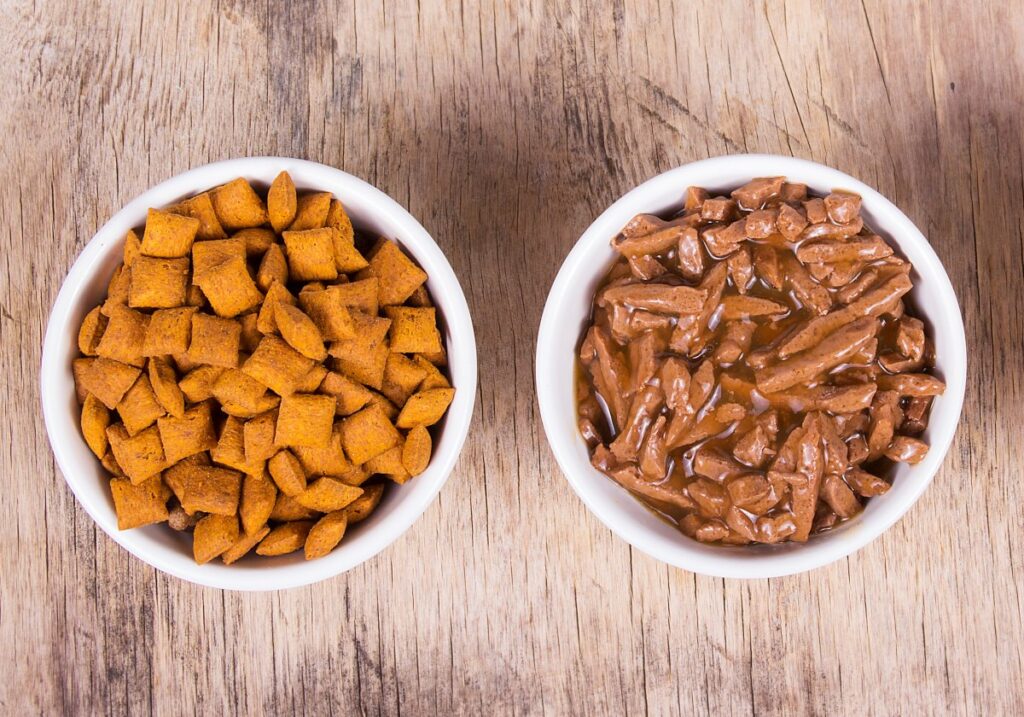
At first, your cat may smell the food or eat a little less of it, but eventually, it will get used to it. Once your cat starts eating this 75% hard food, 25% soft food concoction easily, increase the soft food amount in the feeding bowl by 10% every day. This way, after a few hard days, your cat’s food bowl will consist exclusively of soft food. And voila, your cat is now eating soft food only!
Depending on how picky your cat is, the duration of this transition from hard food to soft food can vary. Some cats take to the taste of soft food very quickly and get used to it in a matter of days, while others take weeks to let go of hard food. Understand your individual cat’s needs and adjust accordingly.
Are There Any Side Effects?
Many cat owners ask whether there are any disadvantages of shifting your cat from hard foods to soft foods. You should understand that there are no disadvantages of soft foods per se. However, as is the case with any major change, your cat may show some physical signs or ailments due to these changes.
This does not mean that soft foods themselves are bad, just that the change is not going as smoothly as you wanted it to. However, most of these “side effects” of leaving hard foods are temporary and go away with time. We discuss each of these possible effects in detail and the exact effect on your feline friend’s health.
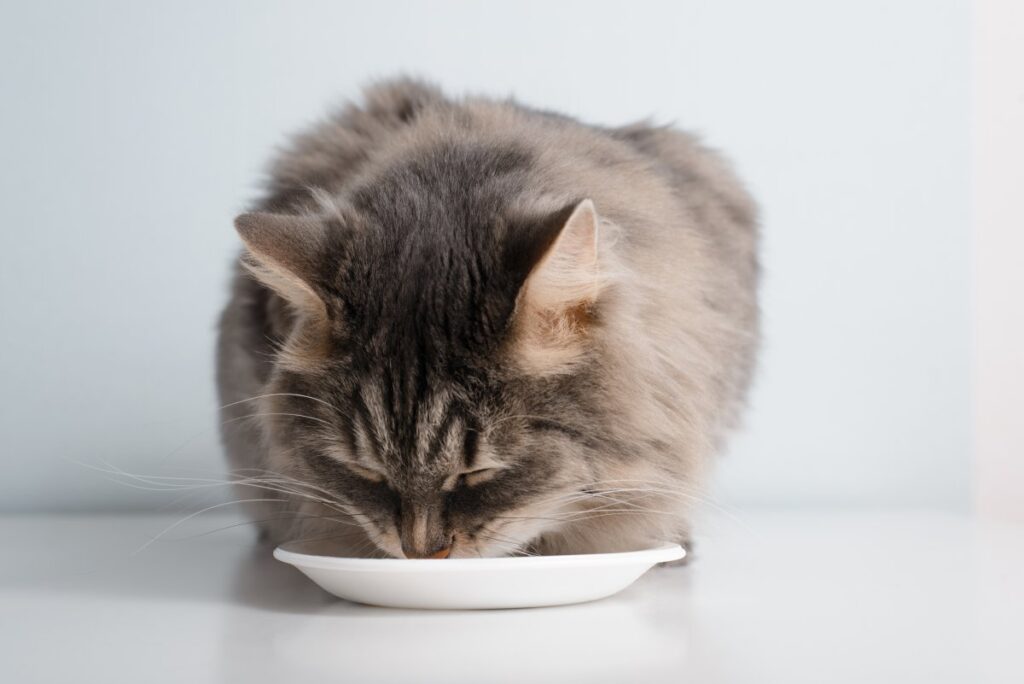
Your Cat May Lose Weight
The first side effect of transitioning from hard cat food to soft cat food is that your cat may lose weight. Many cat owners get very alarmed when they see their pets weigh less when they are on a soft foods diet than hard foods. After all, if soft foods are more nutrient-dense, shouldn’t a cat gain weight if it eats them?
Well, it does not work that way. Hard foods contain more carbohydrates and calories than soft foods, which is why when your cat transitions to soft foods, it loses some pounds because it is consuming fewer carbs.
This weight loss is normal. Moreover, soft cat foods have more water in them, so a lesser amount of it fills your cat’s stomach than the same amount of hard cat foods. As long as your cat takes the necessary number of calories, don’t let this side effect of weight loss faze you!
Cats Start Peeing More
The next side effect of transitioning to soft foods is that your cat may start peeing more due to eating these. We all know that cats are not big fans of water and barely take a few sips of water throughout the day. Vets recommend soft foods as a great way of adding more moisture to your cat’s diet. The obvious downside of this higher water intake is that your cat pees more often. While this keeps your cat’s kidneys in good shape, it does mean that you will have to change the litter more often!
They May Not Eat the Food at First
One of the biggest disadvantages of shifting to soft foods is that your cat may not eat these foods at all. Soft foods usually have a very pungent smell since they are made entirely of animal and fish products. Hard cat foods do not smell this strong, so your feline friend may have trouble getting used to the smell of soft foods.
Due to this, it may avoid soft foods and become malnourished and weak. If your cat is not eating soft food at all, we suggest that you do not force it to do so. Consult your vet about how you can get your cat used to soft foods, but do not force it if your cat is simply refusing to eat it at the risk of its health.
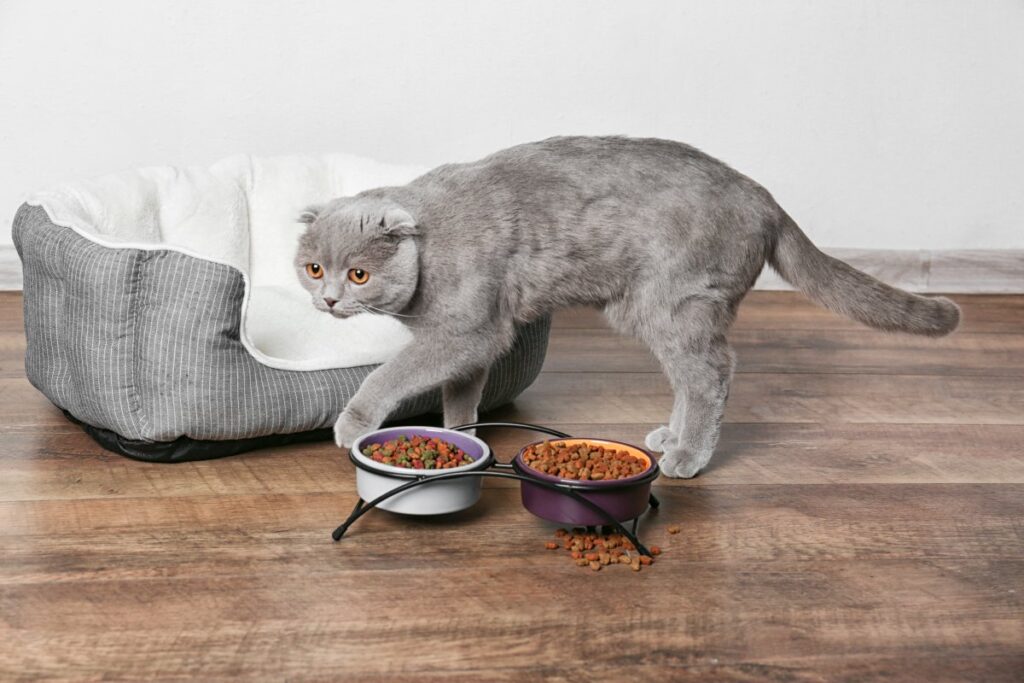
They May Have Sensitivities to Soft Foods
The next possible side effect you can see during the transition is that your cat may be sensitive to soft cat food. This is because hard and soft foods usually have different ingredients, and softer foods contain a very high percentage of pure protein. Due to this, your cat may develop diarrhea or show other symptoms of allergies when you put it on a soft food diet.
If you see any of these signs, consult your vet immediately, and he will tell you which ingredient in the soft food is causing the reaction. Once you know this, you can still feed your cat soft food, but try a different brand that does not contain that same ingredient.
What Are the Advantages of Soft Foods?
Now that you can transition to soft foods, what are its advantages over hard cat food? For once, hard cat food contains about 10% moisture only. This is nowhere enough to meet your cat’s daily hydration needs, and a diet of hard foods only can make your cat dehydrated.
This is why soft foods are great for a cat’s urinary tract health. Moreover, the lower quantity of carbohydrates in soft foods makes it easier for overweight and diabetic cats to lose weight on a soft food diet. This is why vets recommend that soft foods are more advantageous when compared to hard foods when it comes to overall health and well-being.
What Are the Advantages of Hard Foods?
However, we should not ignore hard cat food altogether! We admit that the advantages of soft foods slightly outweigh the advantages of hard foods in the overall scheme of things. However, hard foods also have some cool benefits for your cat. Hard cat foods are great for a feline’s dental health since they make their teeth strong and help clean them. In addition to this, hard foods are extremely convenient.
You can store it for long periods anywhere in your home. Moreover, if you are going out for a few hours, you can pour hard cat food into your pet’s feeding bowl and let it eat by itself. You cannot do the same with soft foods since they need to be taken out of the can and will go bad if left out for too long.
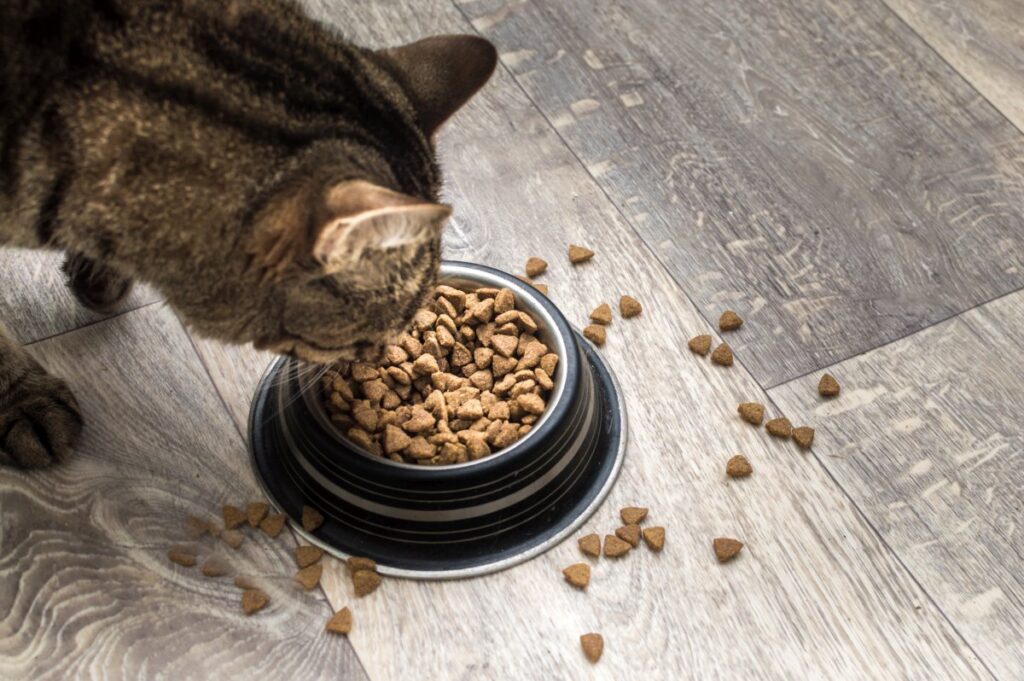
So Which Diet Is Best?
To be honest, there is no one correct answer to whether hard or soft foods are good for cats. The answer to this will vary from cat to cat and will depend on a range of factors. These include your cat’s overall health, its eating habits, your budget, convenience, etc. Vets recommend that your cat’s diet should be a mix of hard and soft foods, with soft foods forming the larger proportion of their diet for optimal results.
Soft foods will ensure that your cat gets all of its necessary vitamins, fats, and proteins, while hard foods will take care of your feline’s dental health. Make sure that you introduce your cat to hard foods and soft foods early on in its life. This is because the older your cat gets, the more difficulty it will have in changing its habits and shifting to another type of food.
We hope that our guide helped you understand how you can transition from hard cat food to soft cat food. Now that you have an idea of the possible side effects that may come, perhaps the whole journey will seem daunting. Just remember not to push your kitty to eat something just because you want it to. Your cat’s health and well-being should be your number one priority.

